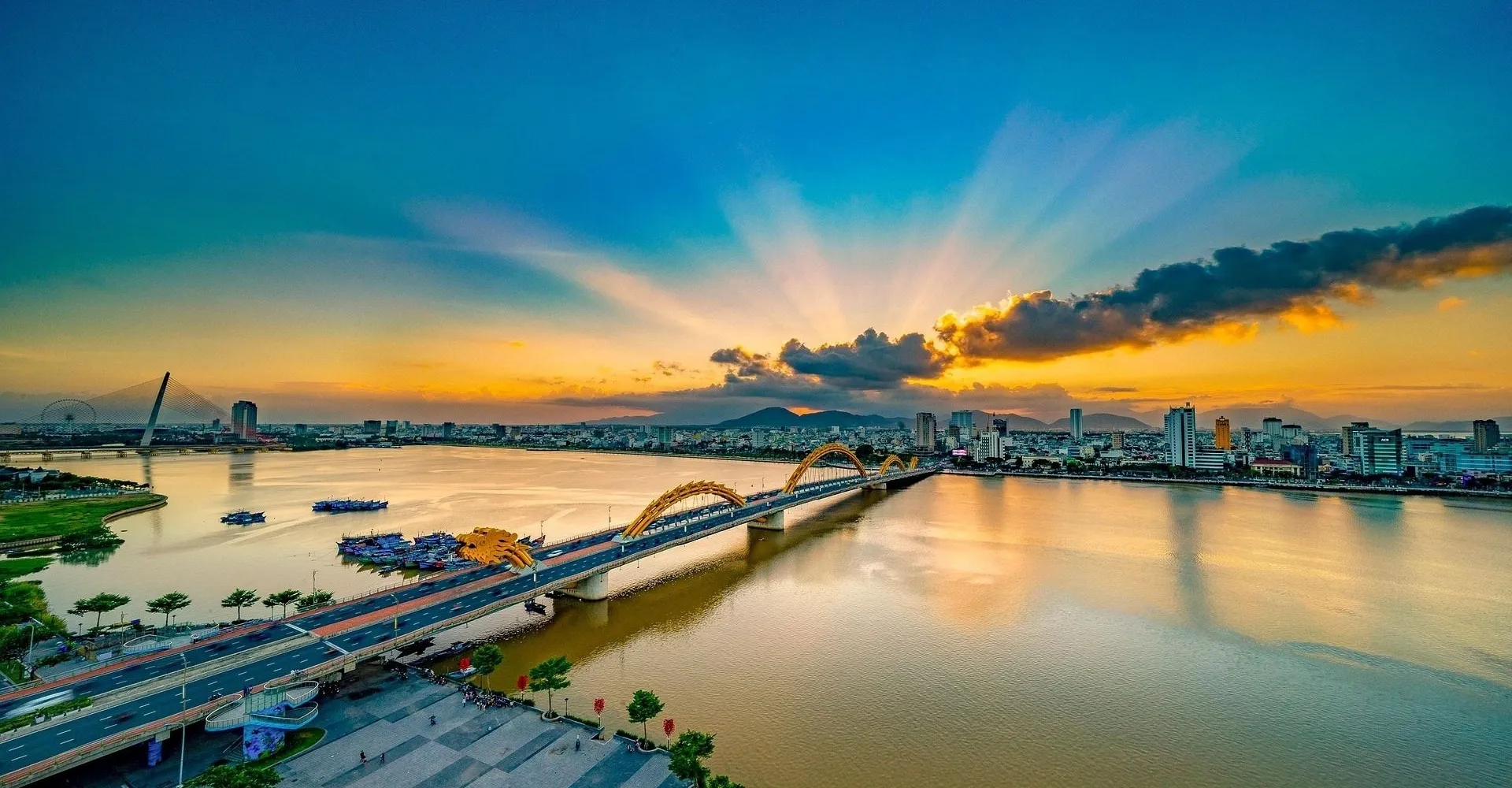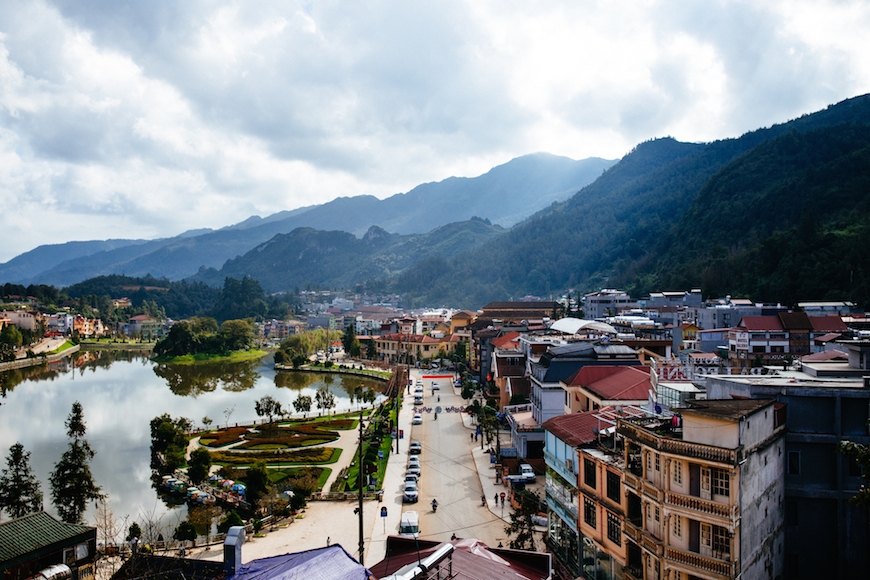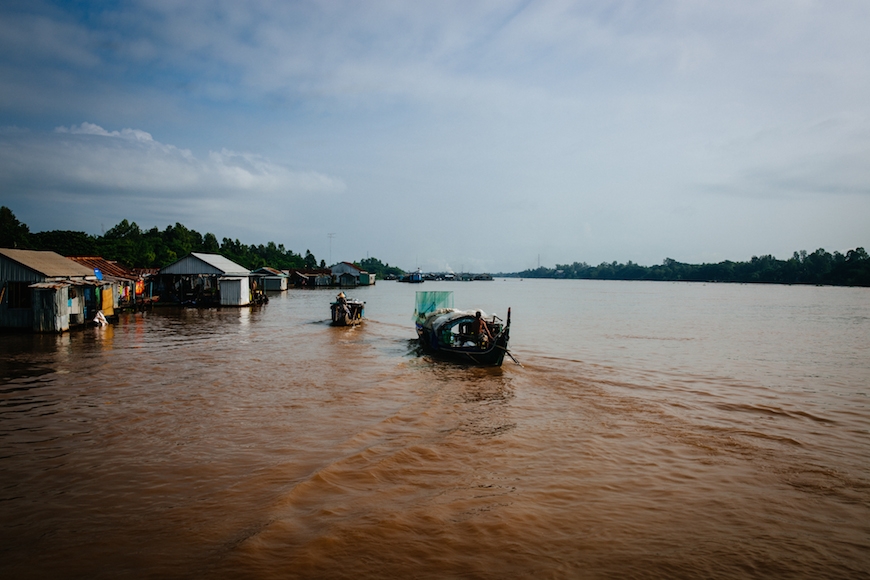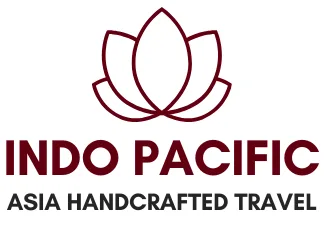
How to Travel to Vietnam
✨ Getting to Vietnam: Your Gateway to Culture, History, and Adventure ✨
Are you passionate about exploring historical landmarks and seeking meaningful experiences? Getting to Vietnam has never been easier—and more rewarding.
From majestic mountains and serene forests to ancient temples and vibrant traditions, Vietnam is the perfect destination for travelers craving both natural beauty and cultural depth. Whether you’re strolling through timeworn citadels, trekking lush highlands, or savoring authentic Vietnamese cuisine, every journey reveals something unforgettable.
Thanks to simplified entry requirements and multiple transportation options—by plane, train, bus, or cruise—Vietnam is more accessible than ever. Whether you’re flying into Hanoi, cruising into the Mekong, or taking a cross-border route from Laos or Cambodia, your adventure begins the moment you decide to go.
Getting to Vietnam by Plane

Getting to Vietnam by Plane: Key International Gateways
Vietnam is served by 22 airports, including 11 international and 11 domestic terminals. The primary international gateways are:
Noi Bai International Airport (HAN) in Hanoi
Tan Son Nhat International Airport (SGN) in Ho Chi Minh City
Da Nang International Airport (DAD) in Central Vietnam
At Tan Son Nhat and Da Nang, the domestic terminals are within walking distance from the international ones. In contrast, Hanoi’s domestic terminal requires a short transfer.
Most international flights arrive through Hanoi, Ho Chi Minh City, Da Nang, Nha Trang (Cam Ranh Airport), or Phu Quoc. Other key airports such as Van Don (near Ha Long Bay) have resumed international operations as Vietnam fully reopens for tourism.
After arriving at one of these major international hubs, travelers can easily connect to other cities across the country via domestic flights. Vietnam’s airport network has recovered well post-pandemic, ensuring seamless travel for both leisure and business visitors.
Getting to Vietnam by Bus or Train

Thanks to improved cross-border routes and transport services, traveling to Vietnam by land from neighboring countries like China, Laos, and Cambodia is becoming increasingly convenient. However, travelers should note that Vietnam does not offer Visa on Arrival at land border crossings, so obtaining a visa in advance is essential.
From China
Due to ongoing epidemic-related restrictions, all land, rail, and air border crossings from China to Vietnam remain closed. Travelers are advised to monitor official updates for reopening timelines.
From Laos
Laos fully reopened to international travelers on February 15, 2022, but cross-border bus services have yet to resume. Once operational, travelers should:
Choose international buses from Savannakhet or Vientiane to major Vietnamese cities like Hanoi, Hue, Vinh, or Da Nang for a smoother journey and easier paperwork.
Consider buses from Luang Prabang to Hanoi, which take approximately 24 hours.
From Cambodia
Although border gates have reopened, tourist bus routes are not fully active yet. When available, travelers can:
Take express buses running between Phnom Penh and Ho Chi Minh City via the Moc Bai border gate.
Opt for reliable operators such as Sapaco Tourist or Mekong Express, which offer modern, air-conditioned buses for a comfortable trip.
Ensure all necessary documents—visa, COVID-19 test results, and identification—are prepared before departure.
Getting to Vietnam by Boat

For travelers seeking a unique adventure, traveling to Vietnam by boat is an excellent choice. Boat journeys offer the chance to explore some of Vietnam’s most stunning natural wonders, including Halong Bay and the Mekong Delta. Currently, there are only two train routes operating from Thailand and Singapore to Vietnam, while other cruise train services have yet to resume.
Disclaimer: The information provided is sourced from the Vietnam National Administration of Tourism and is subject to change based on government regulations and evolving circumstances.


